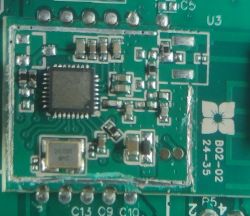An old topic, but I am currently facing a similar dilemma. I have a Satel Integra 256 PLUS alarm and I was originally planning to do my home automation using the Integra, but the complication of the system, cables etc. is making me go in the direction of Tuya (I'm putting in the right sockets, switches and that's it, no pulling extra cables). The only thing I can think of that the combination of alarm and Tuya would be useful for is the automatic closing of roller blinds and turning off the lights when the Satel alarm is activated. I was thinking of the following solution:
Purchase the following relay:
https://pl.aliexpress.com/item/1005003831864732.html?pdp_npi=2@dis!PLN!44,95 zł!27,09 zł!!!!!@0b0a2e9c16766263847805468e455a!12000032247950658!btf&_t=pvid:4b4878e8-ef90-4d6d-9ddf-6ab8ead2c3ef&afTraceInfo=1005003831864732__pc__pcBridgePPC__xxxxxx__1676626385&spm=a2g0o.ppclist.product.mainProduct&gatewayAdapt=glo2pol
connect the OUT from the control panel to this relay, set the relay as NO, when voltage is applied to the Input, the status would change to NC
set in Tuya to automatically lower the blinds and turn off the lights if the status of the switch changes to NC, automatically raise the blinds when the status changes to NO.
I stress that I have never been in contact with Tuya, does this have the right to work?






